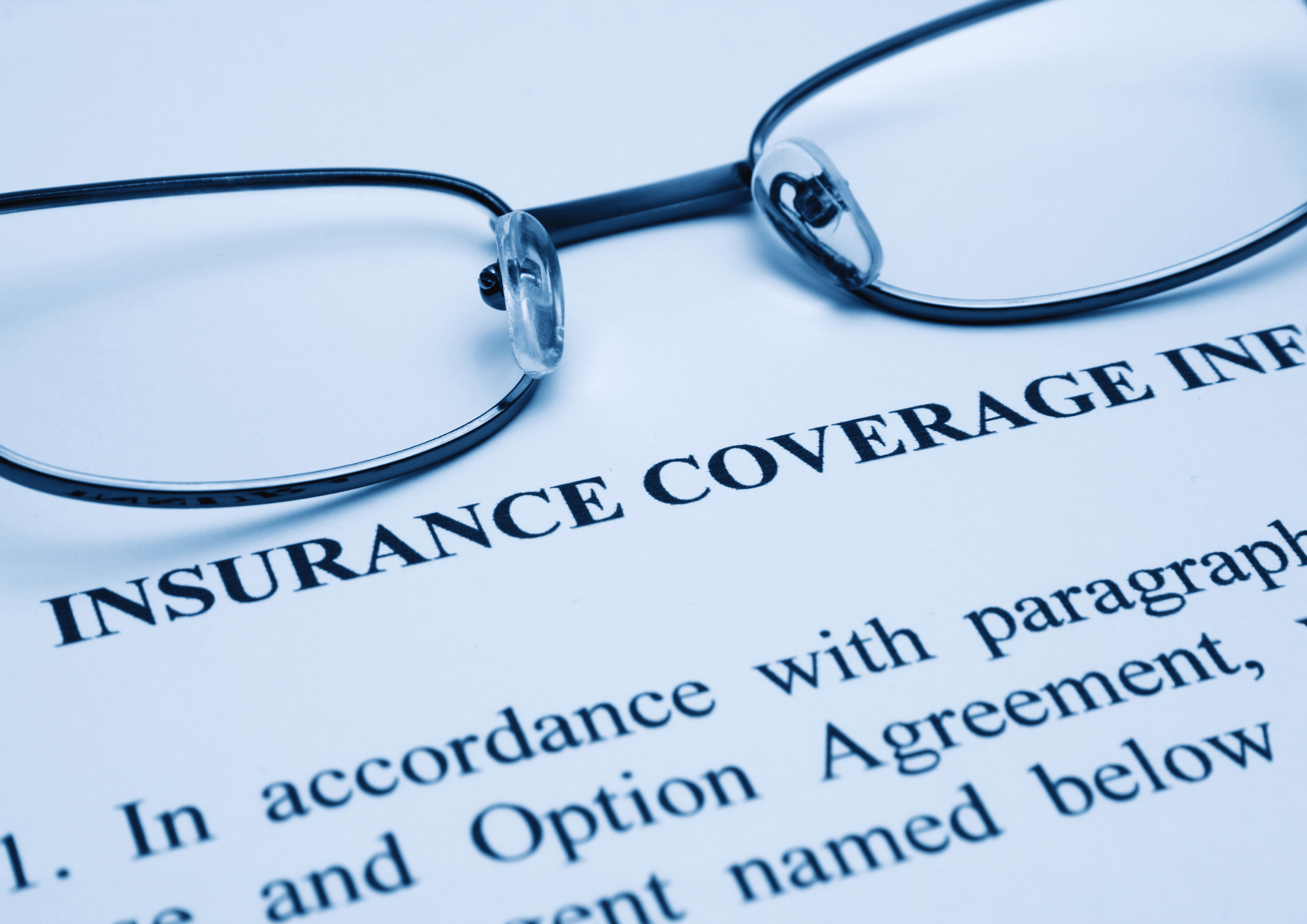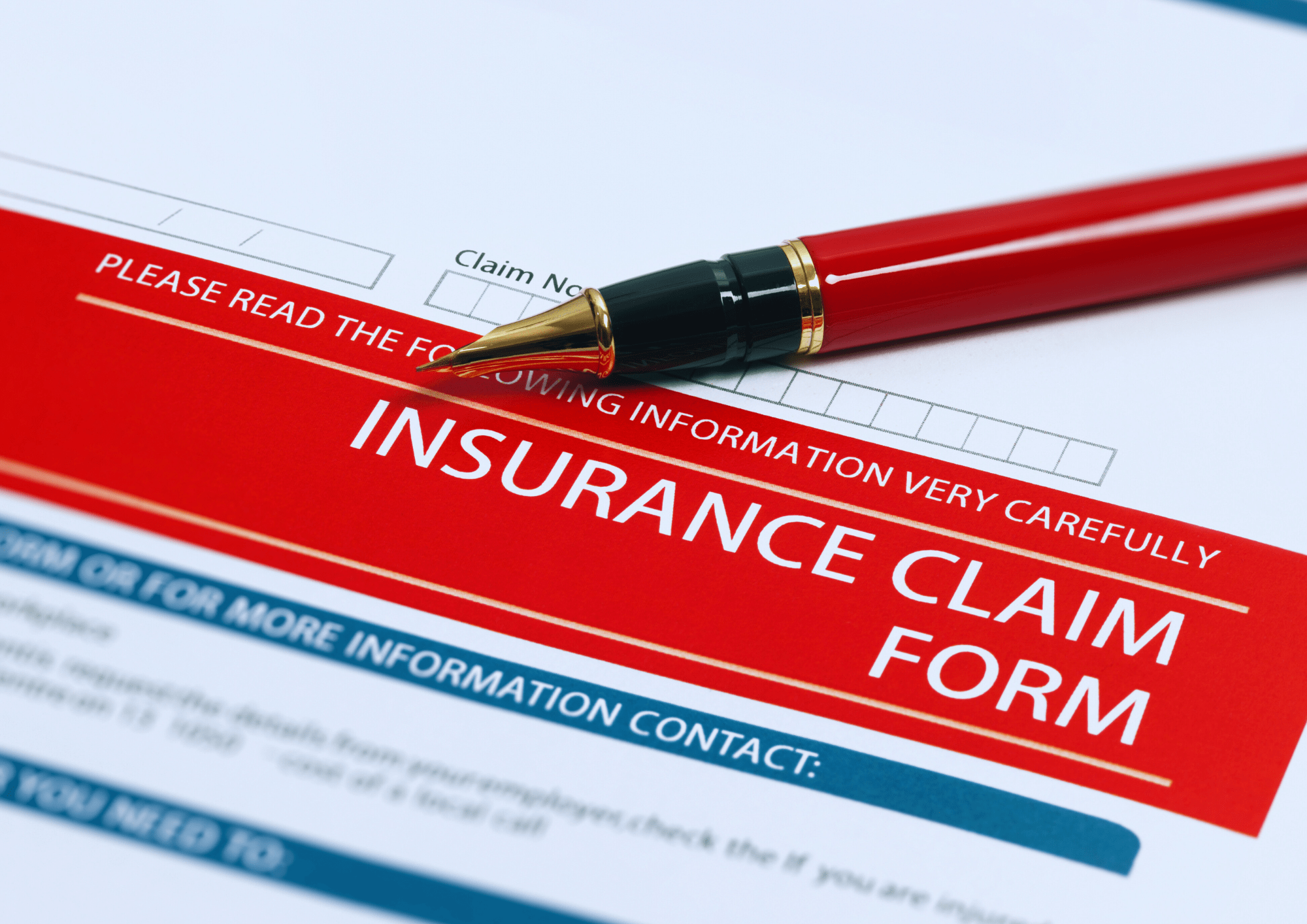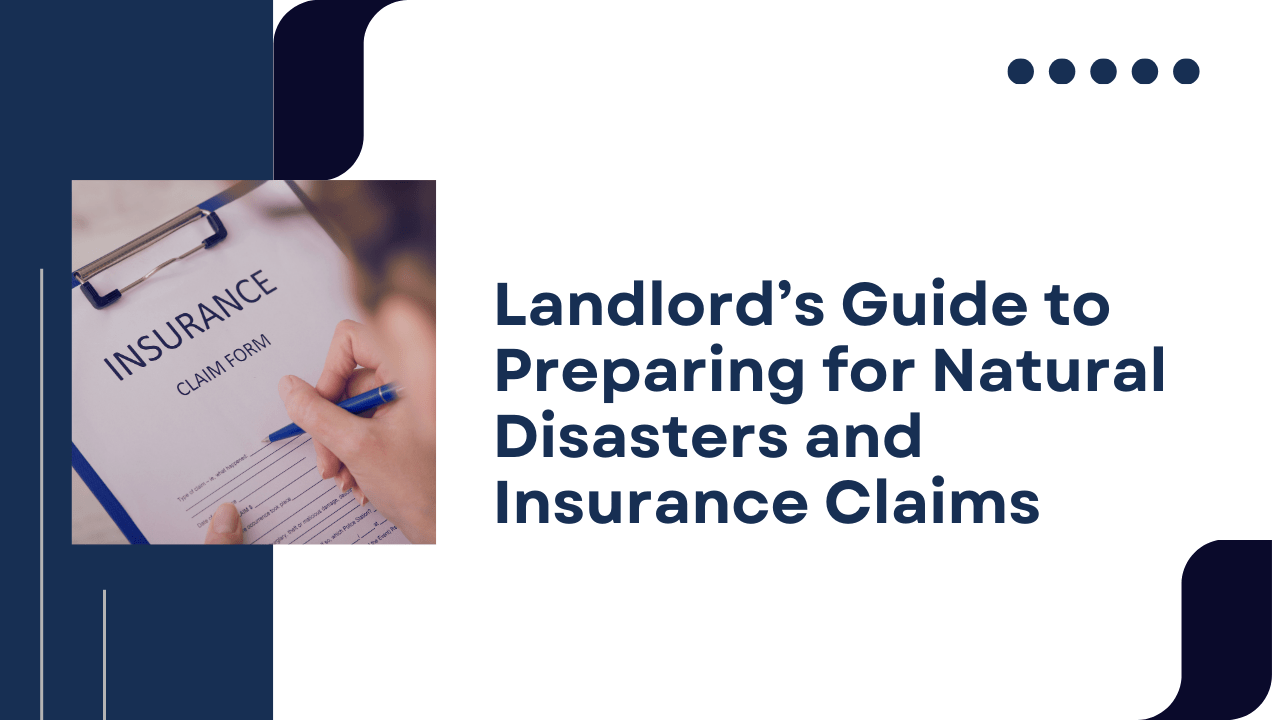Protecting your California investment property and your tenants from potential disasters isn’t always easy. Especially here, where natural disasters range from earthquakes to fires to droughts to floods. It’s hard to keep up with the long list of things that might go wrong.
Not only are investors protecting their property and their tenants, preparation is also about protecting the financial security of an investment portfolio.
As California property managers, we understand the unique risks faced by landlords in our markets. We also understand that the insurance market has been challenging to navigate over the last few years. Here’s a brief guide to preparing for natural disasters and organizing for insurance claims.
This is general advice. To talk specifics, which are important for your unique assets, contact us at Bell Properties. For now, this guide walks landlords through preparations for natural disasters, ensuring the required documentation is in place to navigate insurance claims smoothly if the worst happens.
Understanding Local Disaster Risks
California’s diverse geography means risk levels vary significantly by region. Los Angeles, for example, faces different threats than Visalia. Here are some of the most common natural disasters that have been occurring throughout the state over the recent years.
Wildfires
No one has forgotten the astonishing wildfires that plagued Los Angeles early in 2025. And we know that property owners in other, well-forested communities throughout the state are always nervous during fire season. High risk communities include wooded and hilly areas like Northern California, Santa Barbara, and the Inland Empire.
Earthquakes
Always a concern statewide, earthquakes can be devastating to property and dangerous to people. The risk is especially high near major fault lines such as San Andreas. State law does not require earthquake insurance, but it may be smart to invest in that type of coverage.
Floods
Often overlooked, but common in low-lying or coastal areas and in places affected by post-wildfire runoff. There have also been unique rain events in Southern California over the last year, including a near-hurricane.
Landlords should use FEMA’s Flood Map Service and Cal Fire’s Fire Hazard Severity Zone Map to assess risk.
Review and Update Your Insurance Coverage
 Standard landlord insurance typically covers fire and wind but may not include earthquake damage, which requires separate coverage. Flood damage would be covered under a separate policy, typically purchased from the National Flood Insurance Program policy.
Standard landlord insurance typically covers fire and wind but may not include earthquake damage, which requires separate coverage. Flood damage would be covered under a separate policy, typically purchased from the National Flood Insurance Program policy.
Loss of rental income is an absolute necessity when it comes to coverage. Most policies will include it, but some do not. This is worth buying separately if necessary.
At Bell Properties, we always recommend landlords make an annual appointment with their insurance agent to review coverage and update property values. Need a referral to an agent? Contact us.
Document Everything Before Disaster Strikes
Clear documentation strengthens any submitted insurance claims and speeds up the reimbursement process. Here’s what to do before something goes wrong:
Take photos and videos of the property (inside and out) annually and store them in the cloud.
Maintain detailed maintenance logs and repair receipts.
Keep a digital inventory of appliances, fixtures, and upgrades with estimated values.
Create a Disaster Response Plan for California Tenants

Tenants need to know what to do in an emergency, and they need to feel like their landlord is prepared to support them. Put together a plan that includes:
Emergency contact numbers (landlord’s number, property management contact info, and numbers for fire departments, poison control, utilities, etc.)
Evacuation routes and meeting points
Location of gas, water, and electrical shutoffs
What to do about rent and communication during a disaster
Adding a disaster addendum to lease agreements or tenant welcome packets can be helpful, especially when landlords take the time to review it annually with tenants. Not sure you have the time for this? Contact us at Bell Properties, and we’ll handle all tenant communication before, during, and after disasters.
Property Improvements That Boost Resilience
Investing in structural and safety upgrades can reduce disaster damage and may even lower insurance premiums. Here are some examples:
Install Class A fire-rated roofing materials
Earthquake retrofitting (e.g., bracing foundations, securing water heaters)
Clear defensible space around properties in wildfire zones
Elevate electrical systems in flood-prone areas
Some of these upgrades qualify for state or federal tax incentives or grant programs.
After the Disaster: Navigating Insurance Claims
 When disaster strikes, acting quickly and methodically makes all the difference. Here are the immediate steps we will take on behalf of owners. As a landlord, you’ll want to:
When disaster strikes, acting quickly and methodically makes all the difference. Here are the immediate steps we will take on behalf of owners. As a landlord, you’ll want to:
Ensure tenant safety first and document all communication.
Notify insurance providers immediately. Ask what documentation is needed to start a claim.
Document all damage with timestamped photos and videos.
Get estimates from licensed contractors—insurers will often require 2–3.
Track all costs related to displacement, temporary repairs, and lost rental income.
We counsel owners not to start major repairs until an adjuster has inspected the property, unless those repairs are necessary to prevent further damage.
Insurance and California Rental Properties
California is currently experiencing a severe property insurance crisis that significantly impacts landlords, particularly those with investment properties. This crisis is driven by escalating wildfire risks, increased construction costs, and a shrinking pool of available insurers. Key factors in this begin with wildfire risks. Recent catastrophic wildfires, such as the Los Angeles blaze causing over $50 billion in damages, have led major insurers like State Farm and Allstate to halt new policies and, in some cases, cancel existing ones.
Premiums have been rising with intensity, and with insurers exiting the market, many landlords are turning to the California FAIR Plan, the state's insurer of last resort. However, these policies often come with higher premiums and limited coverage, which may not meet the needs of larger or higher-value properties.
For landlords, securing comprehensive insurance is crucial to protect their investments and ensure financial stability. Key reasons include protection against natural disasters. Good insurance plans also provide liability coverage and loss of rental income. Lenders will also require proof of adequate insurance. Not having it will jeopardize financing and refinancing options.
Wondering how to navigate the crisis? Contact us at Bell Properties and we’ll talk through it. Landlords should proactively assess their insurance needs and explore all available options. Consult insurance brokers. Consider those property upgrades to include fire-resistant materials. It’s a great time to modernize electrical systems, which can reduce insurance premiums and enhance property safety.
We are often asked if the FAIR Plan is worth exploring. While it provides essential coverage, landlords should understand its limitations and consider supplemental policies to ensure comprehensive protection.
The current insurance crisis in California underscores the necessity for landlords to secure adequate insurance coverage.
Bell Properties: A Property Management Partnership That Protects California Properties
 One of the primary benefits of partnering with a property manager is our ability to implement proactive disaster preparedness plans. Experienced property managers at Bell Properties are familiar with local risks and regulations and can ensure each property complies with safety codes and disaster readiness guidelines. This includes routine inspections to identify vulnerabilities, such as weak roofing, poor drainage, or outdated electrical systems. We are proactive with recommending and managing timely upgrades and preventative maintenance. While it’s not in our power to prevent natural disasters, the work we do does help in reducing the likelihood of serious damage during a disaster.
One of the primary benefits of partnering with a property manager is our ability to implement proactive disaster preparedness plans. Experienced property managers at Bell Properties are familiar with local risks and regulations and can ensure each property complies with safety codes and disaster readiness guidelines. This includes routine inspections to identify vulnerabilities, such as weak roofing, poor drainage, or outdated electrical systems. We are proactive with recommending and managing timely upgrades and preventative maintenance. While it’s not in our power to prevent natural disasters, the work we do does help in reducing the likelihood of serious damage during a disaster.
Landlords and real estate investors can also count on Bell Properties to maintain strong relationships with local contractors and emergency services. When a natural disaster strikes, time is critical. Rather than scrambling to find reliable help, a property manager can immediately mobilize screened and preferred professionals for emergency repairs, board-ups, or cleaning services. This not only speeds up response times but also often results in lower repair costs due to pre-negotiated rates and established trust.
Another key advantage to working with the capable and experienced Bell Properties team is that our property managers serve as a consistent point of contact for tenants. In a disaster situation, tenants need clear communication and quick responses. A property manager can provide emergency instructions, coordinate evacuations, and offer real-time updates to both tenants and landlords. This reduces liability, minimizes confusion, and builds tenant trust, helping retain reliable renters even during stressful events.
In addition to handling logistics, property managers often oversee insurance documentation and the entire claims processes. After a disaster, managing claims can be complex and time-consuming. A property manager can document damage thoroughly, liaise with insurance adjusters, and ensure all necessary paperwork is completed accurately and on time. This helps landlords avoid delays or denials in claims, enabling quicker recovery and less financial strain.
Landlords investing in multiple properties throughout the state also have different risks to worry about. Leave it to us, and there’s less worry.
Disaster preparedness isn’t about fear. We believe it’s about foresight. As a landlord in California, we can help to protect your property and safeguard the homes that tenants are living in. We’ll protect rental income and long-term property value.
Let’s not wait for the next natural disaster. Let’s understand how to prepare and what you’ll need from your insurance policy. Contact us at Bell Properties for all of your residential rental management needs in California.


